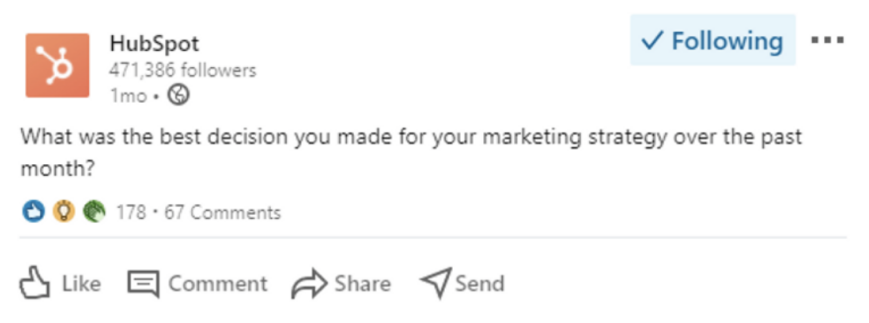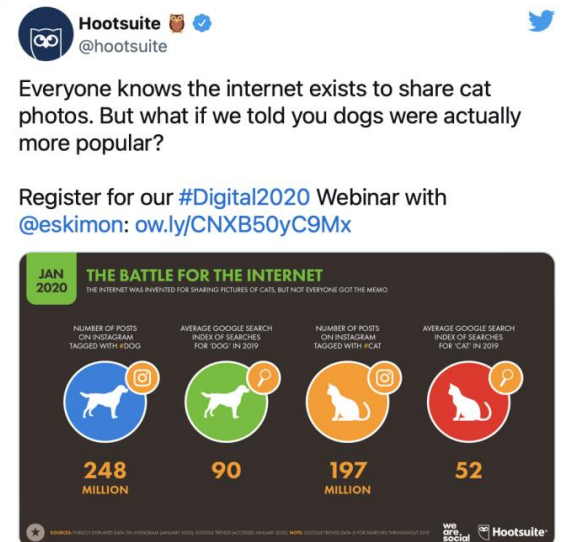Did you know that 31% of Instagram users worldwide are between 25 and 34 years old? Or that Facebook’s target audience mainly consists of Indian, American, and Indonesian users?
Each social media platform has its audience targeting, and to reach it effectively, you need to do proper market research, confidently deal with analytical tools, and know your brand and customer in granular detail. Keep reading and learn how to define your target audience and communicate with them effectively!
What is a target audience?
When it comes to social media, the target audience can be defined as the group of users or the community of like-minded people who are loyal to a specific brand or interested in particular content.
Usually, they’re united by demographics or typical social media behavior. Knowing their persona, you can find the best ways to connect them to your company, product, or service and maintain their interest by giving a specific value.
How to find your target audience?
To become an expert in target marketing, you need to identify your targeted audience first. As they can hide in the wilds of the internet, better rely on the proven step-by-step approach to finding them.
1. Create personas to segment your target audience

Start with focused brainstorming on your ideal customer. Determine their age, gender, interests, goals, and possible pains or challenges. Then switch to such points as education, income, and stage of life (children, employment type, social status) — having answers to these questions will shape your customer’s portrait distinctly and understandably.
After you’re through with this task, guess where such type of audience is represented the most — Instagram, Facebook, Twitter, LinkedIn, YouTube, TikTok, Reddit, or else? To catch a fish, you need the correct pond first.
Then research the chosen social media or maybe a few of them in more detail. Here, you can select the path of the competitor analysis or the learning of the top accounts to grasp the current trends and working strategies. This way, you’ll find out the best bait for each kind of fish and how to use it in a smart way.
2. Use helpful tools to get insights
The moment you’ve defined your intended audience, you can invite the online assistants into your social media marketing team. Though there are plenty of tools these days, it’s good to have one in each of these categories.
- Posting planner. Using Hootsuite Insights, you turn the content plan into an automated workflow per your preferences in time, place, and type of audience (you can differentiate some content types among the different audiences, i.e., geolocation or income level).
- Analytics dashboard. It’s hard to find a better universal tool than Google Analytics, which will help you keep on track of all the media activities and measure their success rate with numerous engagement metrics.
- Research tool. One of the most popular in this category is Keyhole.co, which allows you to choose the best hashtags and campaigns through the competitor comparison within a required domain.
- Keywords searcher. If you’re new to social media marketing, try your hand at BuzzSumo, as it’s a simple and easy-to-use app to quickly process lots of data and help you with keyword recommendations for different social channels.
- All-in-one tool. Sprout Social stands out among the many solutions thanks to its convenience, seamless connection between various platforms simultaneously, and quick reporting from all in one place.
Note: This list is just our example, but you can select the analogs if needed.
3. Create surveys and practice social listening
Besides advertising your brand, product, or service, you should also gain feedback from customers regularly. For this purpose, you can create survey campaigns both through your social media pages and email marketing. Or even ask for an expert’s opinion:

Your target audience can also hint to you on their content/topic/or engagement preferences, and you’re to modify the social media marketing correspondingly. By the way, this process can be automated too!
Get acquainted with SurveyMonkey to get a free template for your research survey. In case you’re not fond of surveys, test social listening — a helper in identifying your customers’ tastes, aspirations, needs, or even problems that need to be solved. Extract the useful insights from users’ mentions and conversations to lead more customers to your brand.
Ways to interact with your target audience
When you know whom to reach, it’s time to learn how. Have a look at our tips and examples below!
Keep a regular presence on social media
As social media bridge your targeted customers and your brand 24/7, use this opportunity to maintain an uninterrupted dialogue with your audience. It doesn’t mean that you should reply to all the posts and comments at once, but make sure your response rate doesn’t make them wait for long.
Apply the 80:20 content marketing rule
Though some businesses make social media the only channel for selling their products, don’t overdo it with your product-related posts. Limit them to 20%, giving preference (80%) to those that boost engagement in the first place.
Bring both entertainment and use
Devote your time to educating your target audience with video tutorials, coaching sessions, or even live streaming. This approach can help them know that you care, build trust, and stir their loyalty. But remember to mix it with the fun content types not to look too serious. To get inspiration, look at how Hootsuite has perfectly blended the two in one!

Play hard on the latest trends
One of the obvious examples is video, which gets even more power on target marketing day today. If you think it’s too complicated and expensive, try free video making tools to create unique content that will attract your followers’ attention!
Conclusion
With a clear understanding of your target audience, you’re most likely to shape a fantastic custom-tailored social media strategy. Remember that your task isn’t in targeting everyone, but in building long-term and trustworthy relationships with your narrow audience.
Talk and listen to them, provide relevant content, and find what you can offer. In this case, your conversion and ROI will naturally be high, so focus on the customer, not the profit.



